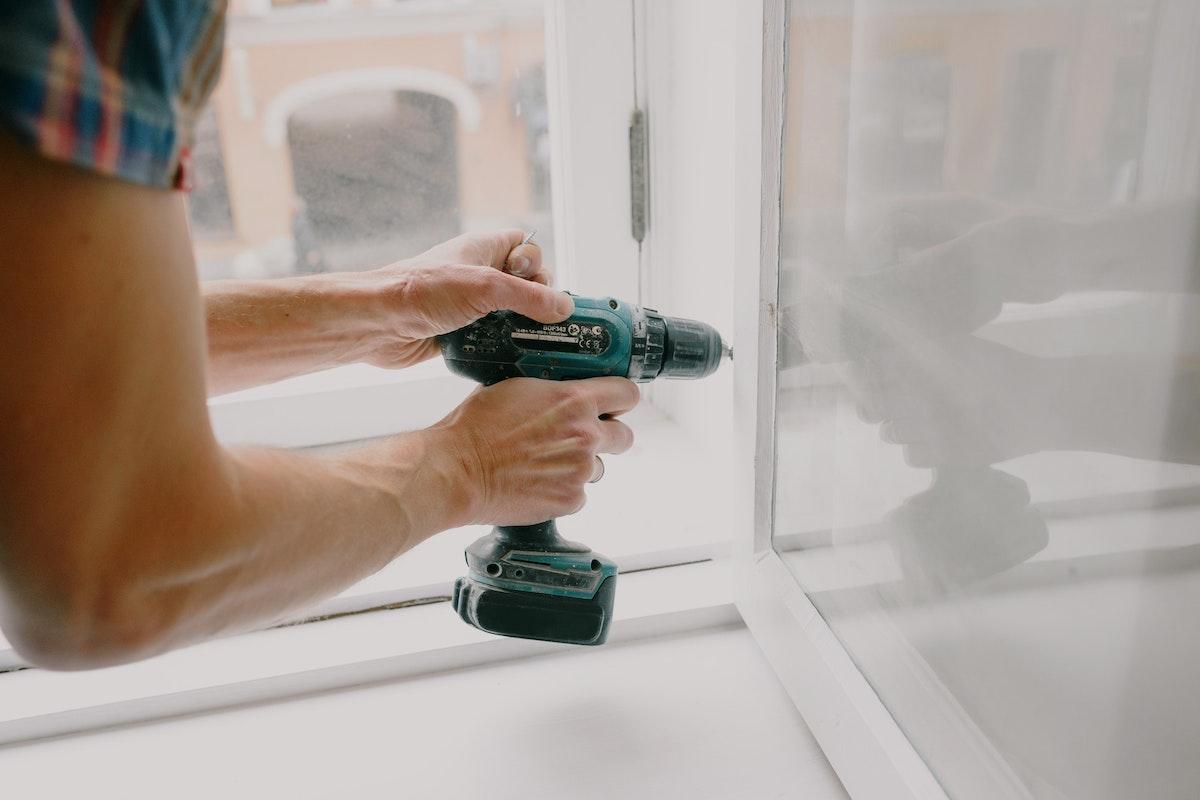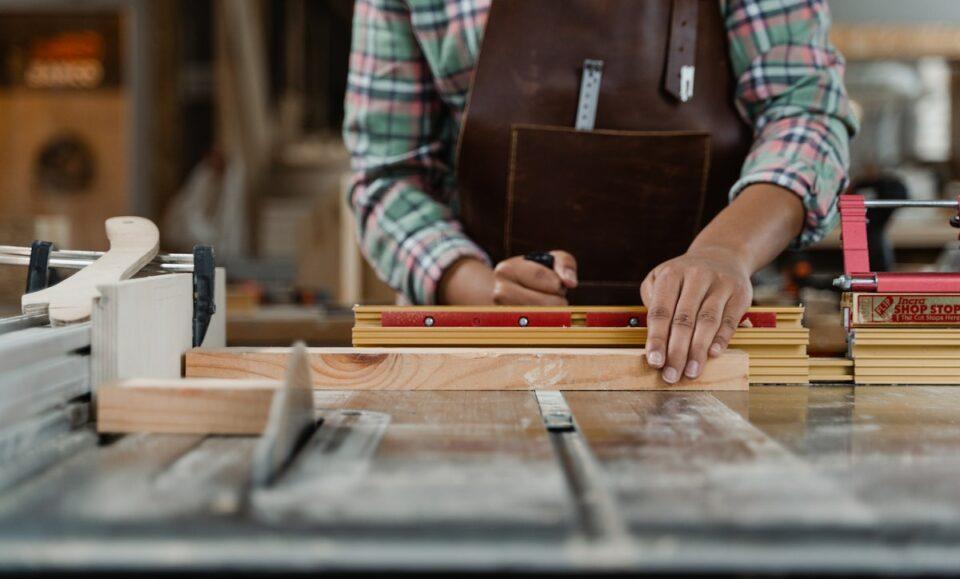In the realm of home services, furniture repair and restoration stands as a pillar, carrying the weight of aesthetics, functionality, and sentimental value. Over time, our furniture, whether it be a family heirloom or a contemporary centerpiece, faces inevitable wear and tear. However, by opting for repair and restoration, we can breathe new life into these cherished items, making them both visually appealing and functional once more. Moreover, the sustainability aspect of restoration versus purchasing new items contributes positively to our environment by reducing waste.
Impact on Property Value
Delving deeper into the significance of furniture repair and restoration, it’s essential to understand its impact on property value. Like a beautiful painting that enhances the aesthetics of a room, well-maintained furniture can boost a property’s appeal and, by extension, its value.
Home staging, a popular strategy employed by real estate agents, often includes minor and major furniture repair. Restored furniture provides a polished look, making the property more attractive to potential buyers. In many cases, investing in furniture restoration can be more cost-effective than purchasing new items, offering a higher return on investment when it’s time to sell.
Scope and Types of Furniture Repair and Restoration Services
Furniture repair and restoration services are versatile, catering to a variety of needs. They cover a broad spectrum, from addressing minor cosmetic damages like scratches and stains, to undertaking major restorative works like reupholstery or structural repairs.
Common Furniture Repairs
Let’s take a closer look at some common types of furniture repairs. These include fixing broken legs or arms, repairing wooden surfaces affected by water or heat, and restoring furniture finish that has lost its luster over time. There’s also the task of mending furniture joints that have come loose, a common issue with older pieces. All of these repairs, though they may seem minor, contribute significantly to the overall look and functionality of the furniture.
Restoration Techniques
Restoration goes beyond just repairs; it’s about bringing the furniture back to its original state or even improving upon it. Techniques may include reupholstering worn-out sofas and chairs, refurbishing antique furniture to its original glory, or even repurposing a piece to fit contemporary decor styles.
Recognizing the Need for Furniture Repair and Restoration
Knowing when to opt for furniture repair and restoration can be tricky, especially when balancing between the costs involved and the furniture’s sentimental value.
Identifying Furniture Damage
Common signs that your furniture might need repair include obvious damages like broken parts, scratches, or stains. However, some damages are not as evident, such as loose joints or upholstery wearing thin. A thorough inspection of your furniture can help identify these problems early, saving you from costlier repairs in the future.
Evaluating Restoration Potential
While most furniture can be repaired, restoration potential varies depending on the piece’s age, quality, and damage extent. For instance, antiques or high-quality items often have a higher restoration potential compared to mass-produced contemporary furniture. Consulting a professional restorer can provide valuable insights into whether your furniture is worth restoring.
How to Approach Furniture Repair and Restoration
Approaching furniture repair and restoration requires careful consideration. The decision between going DIY or hiring a professional can be influenced by factors such as the complexity of the damage, the furniture’s value, and your skill level.
DIY vs. Hiring a Professional
DIY furniture repair can be a rewarding project, especially for minor issues and if you’re handy with tools. However, for more complex repairs and restorations, professionals can ensure a quality job, saving your time and preventing potential damage from improper repair methods.
Necessary Steps in the Restoration Process
The restoration process often starts with an assessment of the damage, followed by a plan on how to address it. This may include disassembling and reassembling the furniture, removing the old finish, repairing any damages, and finally, refinishing or reupholstering the piece.
Choosing the Right Furniture Repair and Restoration Service
Finding the right service for furniture repair and restoration requires some research and careful consideration.
Factors to Consider
When looking for a service provider, consider their reputation, years of experience, specialties (for instance, some may specialize in antique furniture), and of course, their rates. It’s also important to check if they provide a guarantee for their work.
How to Find Trusted Providers
To find trusted providers, consider asking for recommendations from family and friends, checking online reviews, and interviewing potential providers to assess their understanding and approach towards your specific needs.
DIY Furniture Repair and Restoration: A Detailed Guide

For the DIY enthusiasts out there, let’s delve into a detailed guide on how to repair and restore furniture.
Tools and Materials Needed
Start by gathering the necessary tools and materials, which may include sandpaper, paint or varnish, a paintbrush, upholstery materials (if needed), and carpentry tools for any structural repairs. Always ensure you have safety gear such as gloves and safety glasses on hand.
Step-by-Step Repair and Restoration Process
Begin by assessing the damage and planning your repair strategy. Then, depending on the damage, proceed to repair any broken parts, sand and refinish surfaces, or reupholster as necessary. Remember to take your time, follow safety guidelines, and don’t be afraid to seek professional help if the job becomes too challenging.
Preventive Measures for Furniture Longevity
Last but not least, let’s discuss some preventive measures to enhance your furniture’s longevity, reducing the need for frequent repairs and restorations.
Routine Maintenance
Routine maintenance can go a long way in preserving your furniture. This might include regular dusting, prompt cleaning of spills, avoiding exposure to extreme temperatures, and using coasters or mats to prevent heat or water damage.
Protective Measures against Wear and Tear
Consider using protective measures such as furniture covers, especially for outdoor pieces, and applying protective wax or polish to wooden furniture. These can drastically reduce the effects of wear and tear, extending your furniture’s life.
Case Studies: Successful Furniture Repair and Restoration
In the world of furniture repair and restoration, success stories abound, demonstrating the incredible transformations that are possible.
Residential Success Stories
Whether it’s a coffee table brought back to life with some sanding and varnishing, or a 100-year-old dresser given a new lease of life through expert restoration, residential success stories showcase how repair and restoration can add beauty and functionality to homes.
Business Impact Stories
On the business side, well-maintained and restored furniture can significantly improve a property’s aesthetic appeal, ultimately impacting the property’s value and business profitability. These stories serve as a testament to the powerful role that furniture repair and restoration can play in the success of a business, especially in the real estate and hospitality sectors.
In conclusion, furniture repair and restoration is more than just a subset of home services. It’s a sustainable practice that enhances the aesthetics of properties, adds value to homes, and breathes new life into beloved pieces. Whether you’re a homeowner, business owner, or a DIY enthusiast, understanding and appreciating the importance of this practice can go a long way in creating comfortable, appealing, and valuable spaces.

